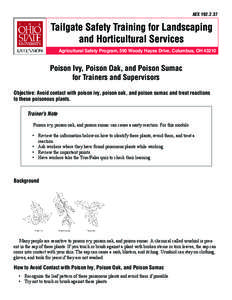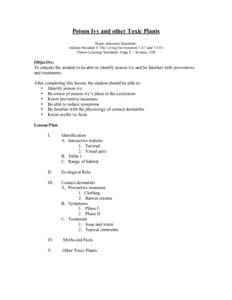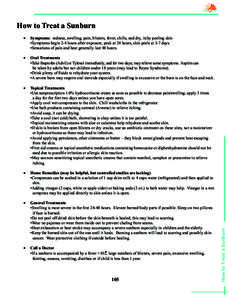<--- Back to Details
| First Page | Document Content | |
|---|---|---|
 Date: 2007-03-08 17:08:15Biology Toxicodendron radicans Urushiol Poison sumac Rash Urushiol-induced contact dermatitis Calamine Toxicodendron vernicifluum Blister Toxicodendron Medicine Health |
Add to Reading List |
 AEX[removed]Agricultural Safety Program, 590 Woody Hayes Drive, Columbus, OH[removed]Poison Ivy, Poison Oak, and Poison Sumac for Trainers and Supervisors
AEX[removed]Agricultural Safety Program, 590 Woody Hayes Drive, Columbus, OH[removed]Poison Ivy, Poison Oak, and Poison Sumac for Trainers and Supervisors


